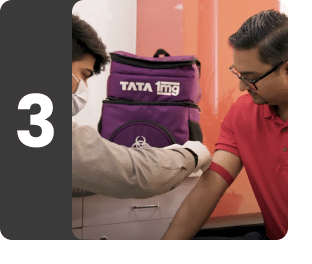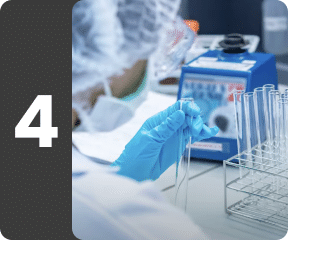Red Blood Cell Count
Understanding Red Blood Cell Count
What is Red Blood Cell Count?
This test measures the amount of red blood cells (RBC), also known as erythrocytes in the blood. RBCs are formed in the bone marrow and contain hemoglobin, a protein that carries oxygen to the tissues in the body. This test is mostly used for the diagnosis of anemia and is often done as a part of complete blood count for routine health examination.
A low RBC count is manifested by fatigue, shortness of breath, dizziness, lightheadedness while changing positions quickly, increased heart rate, headache and pale skin. While symptoms such as fatigue, shortness of breath, joint pain, tenderness in the palms and soles, itching skin and sleep disturbance indicate high RBC count.
An abnormally high level of RBCs, also known as erythrocytosis might be an indication of excessive cigarette smoking, hypoxia, congenital heart disease, dehydration, renal cell carcinoma, pulmonary fibrosis and polycythemia vera.
Interpreting Red Blood Cell Count results
Interpretations
The normal range of red blood cells is
Adult Male 4.5 - 5.5 10^6/µL
Adult female 3.8 - 4.8 10^6/µL
Children 3.0 - 5.4 10^6/µL
High RBC count may be caused by low oxygen levels, Polycythemia, kidney disease, dehydration or intake of anabolic steroids.
Low RBC count may be due to anemia caused by decreased production or blood loss.
Frequently Asked Questions about Red Blood Cell Count
Q. Is there any risk associated with this test?
Book a Red Blood Cell Count test at home near me





Other tests









